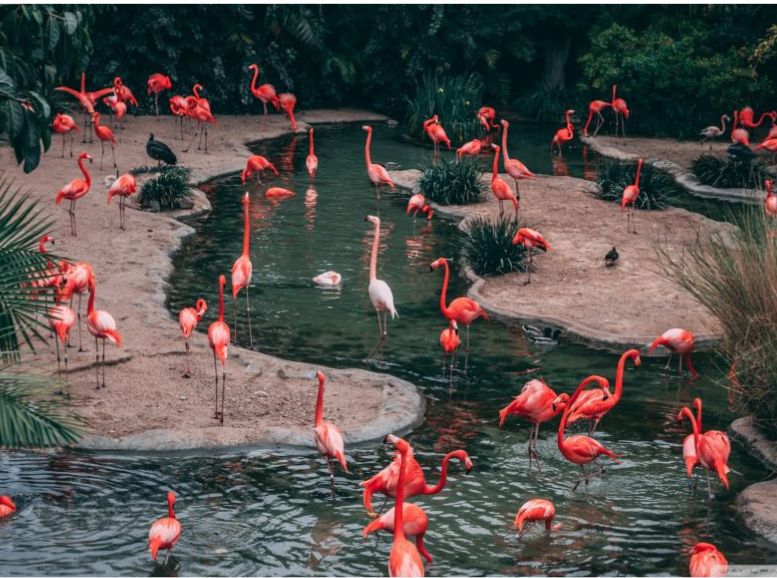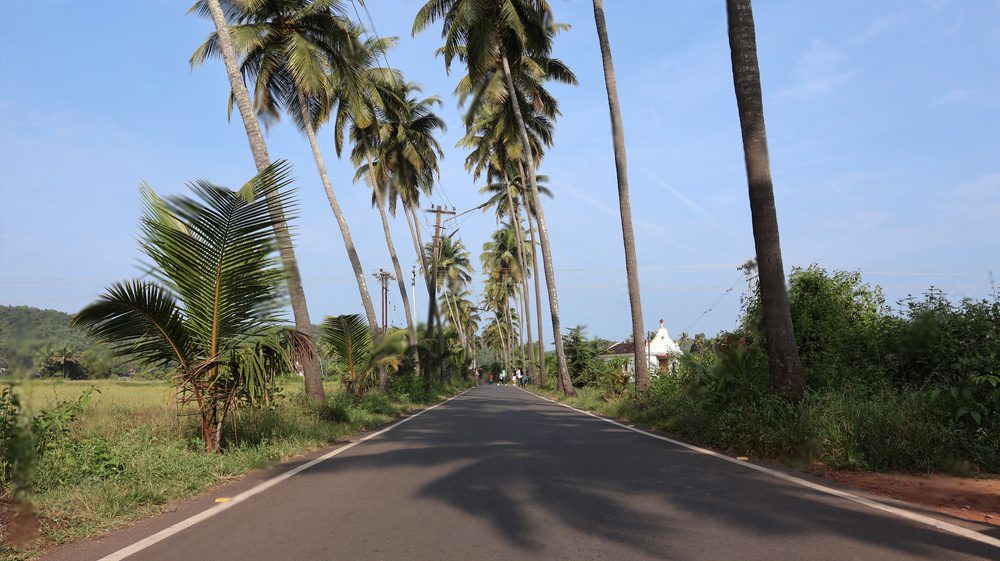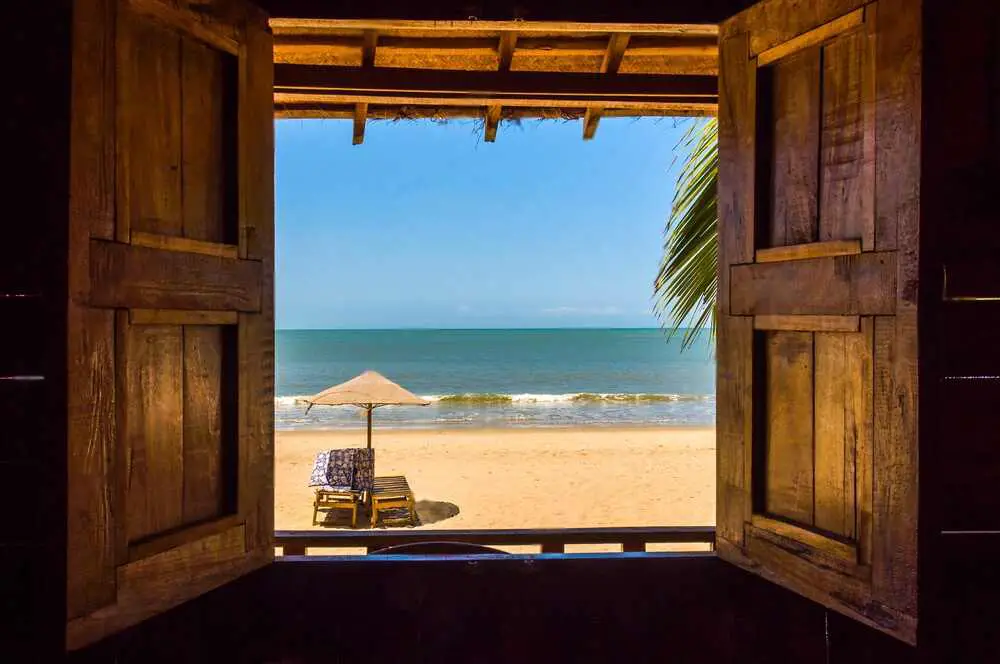Nestled in Haryana, Sultanpur Bird Sanctuary offers a haven for both feathered residents and nature enthusiasts seeking serenity. This verdant escape, a short drive from Delhi’s bustle, beckons with tranquil landscapes teeming with avian diversity.
Wandering Sultanpur’s winding paths, you’ll enter a world where time slows and city noise fades. Spanning wetlands, marshes, and woodlands, the sanctuary shelters over 250 bird species, both migratory and resident, making it a birder’s paradise.
Established to conserve the region’s biodiversity, Sultanpur has become a thriving ecosystem for winged visitors from afar. From graceful Siberian cranes to vibrant painted storks, each bird enriches the tapestry of natural wonders unfolding before you.
How to reach:
- Air: Indira Gandhi International Airport in Delhi, about 30 kilometers away, is the closest airport. Taxis and ride-hailing services are available for the onward journey.
- Train: Gurgaon Railway Station (15 kilometers distant) offers connections to major cities. Taxis or buses can take you from the station to the sanctuary.
- Road: Easily accessible by road, Sultanpur Bird Sanctuary lies off Gurgaon-Farukhnagar Road (SH15A) near Sultanpur village. You can drive from Delhi, Gurgaon, or Jaipur, following clear signage to the entrance.
- Public Transport: Regular state-run and private buses connect Delhi, Gurgaon, and other nearby cities to Sultanpur village. Local taxis or auto-rickshaws can then take you to the sanctuary.
Best time to visit:
- Migratory Marvels: Thousands of birds, like Siberian cranes, pelicans, and flamingos, flock here from colder regions, dramatically increasing the sanctuary’s avian diversity.
- Ideal Birding Conditions: Enjoyable weather prevails, with temperatures ranging from 7°C to 20°C. The cool climate makes exploring the sanctuary and birdwatching comfortable.
- Crystal-Clear Skies: Winter skies are typically clear and sunny, offering exceptional visibility for birdwatching and capturing stunning photographs. The crisp air further enhances the scenic beauty of the landscapes and wetlands.
- Witnessing Nature’s Cycle: Winter coincides with the breeding season for some resident birds. Witnessing courtship displays, nesting behaviors, and the hatching of chicks adds another layer of wonder to your visit.
- Festive Fun: Winter often sees festivals and events celebrating the sanctuary’s birds. These may include guided birdwatching tours, nature walks, photography workshops, and cultural performances, allowing you to fully immerse yourself in the vibrant atmosphere.
Attractions:
Avian Diversity:
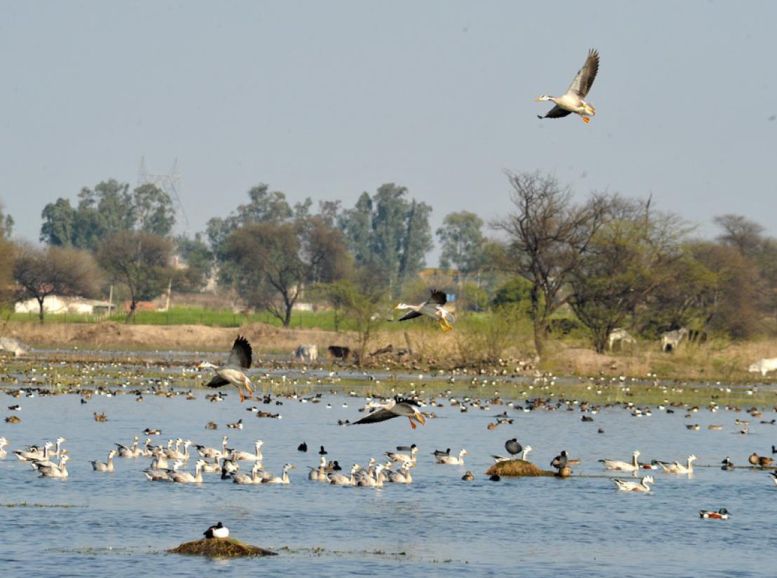

Sultanpur Bird Sanctuary boasts a remarkable avian tapestry, with over 250 bird species documented within its borders. Resident birds like the vibrantly colored painted storks, majestic purple herons, and electrifying Indian rollers share the skies with a dazzling array of migratory visitors. From the graceful Siberian cranes to the flamboyant flamingos and the honking bar-headed geese, each bird adds a unique brushstroke to the sanctuary’s breathtaking spectacle.
Birdwatching Towers:
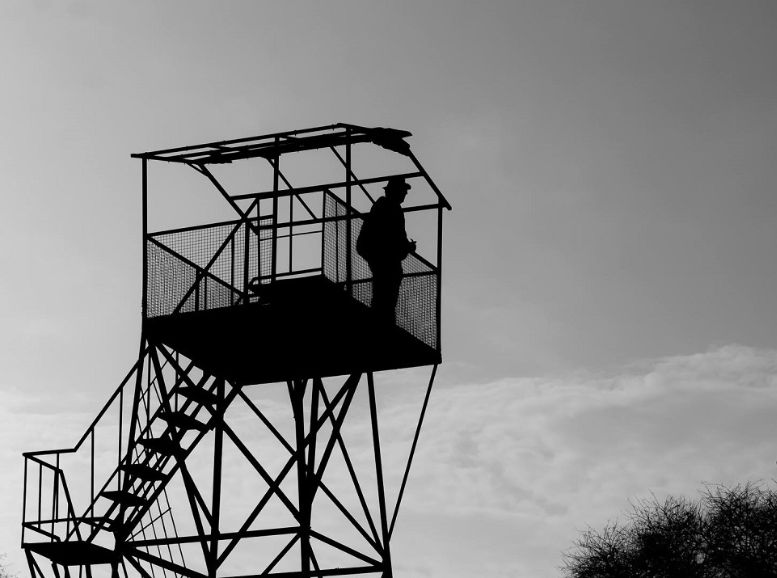

Strategically scattered throughout the sanctuary, birdwatching towers elevate visitors above the landscape, transforming them into silent observers in the avian drama below. These elevated platforms offer panoramic vistas across wetlands, marshes, and woodlands, allowing you to scan for a wider variety of bird species and capture breathtaking photographic memories.
Education and Interpretation Centers:
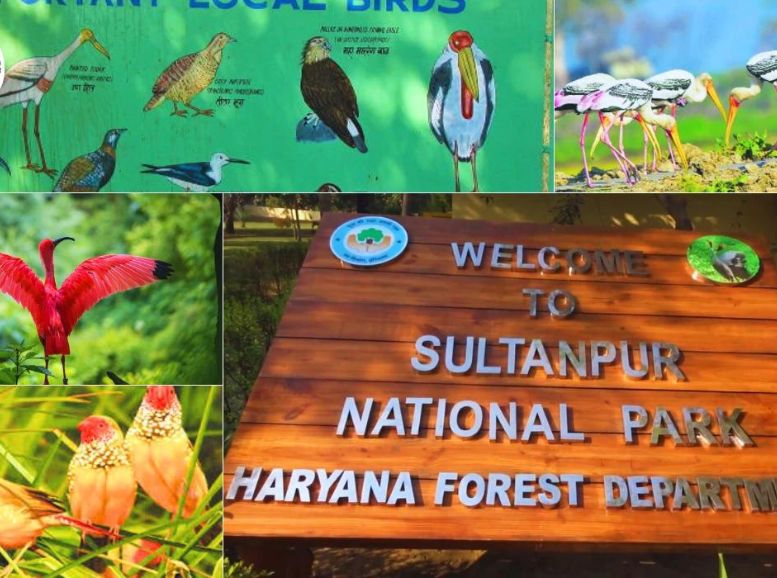

Delve deeper into the wonders of Sultanpur Bird Sanctuary at its education and interpretation centers. These hubs of knowledge offer valuable insights into the lives of the sanctuary’s avian inhabitants, the intricate ecosystems they thrive within, and the ongoing conservation efforts that ensure their survival. Interactive exhibits, captivating audiovisual presentations, and informative displays bring the science and beauty of the sanctuary to life.
But the learning doesn’t stop indoors. Sanctuary staff often organize guided tours and educational programs that take visitors out into the field, allowing them to experience the wonders of birdwatching firsthand and fostering a deeper appreciation for the natural world.
Flora and Fauna: Sultanpur Bird Sanctuary
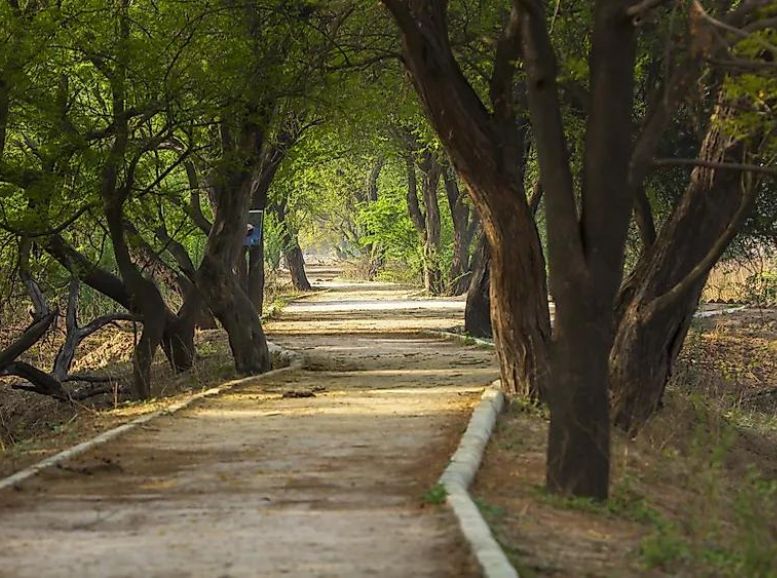

While Sultanpur Bird Sanctuary is famed for its feathered residents, it’s a haven for a diverse range of flora and fauna. Exploring the sanctuary’s varied habitats, visitors can encounter various mammals like elusive jackals and playful monkeys, reptiles basking in the sun, and a kaleidoscope of butterflies flitting amongst the wildflowers. Keen observers might even spot interesting insects like dragonflies zipping through the air, adding to the symphony of life unfolding around them.
The rich tapestry of plant life at Sultanpur Bird Sanctuary plays a vital role in supporting this biodiversity. From towering trees offering shade to wading birds to aquatic plants providing food for fish, the flora creates a complex and interconnected ecosystem that thrives under careful conservation efforts.
Local experiences:
- Village Walks: Stroll through nearby villages and experience Haryana’s rural charm firsthand. Interact with locals, explore traditional homes, and learn about their customs and traditions.
- Farm Visits: Delve into the world of agriculture with a visit to local farms. Learn about traditional practices, participate in activities like milking cows or harvesting crops, and perhaps even cook a meal using fresh, local ingredients.
- Cultural Performances: Be captivated by cultural performances happening in nearby villages or towns. Witness traditional music and dance, folk art exhibitions, or festivals celebrating the region’s heritage.
- Local Cuisine: Savor authentic Haryanvi cuisine at local eateries or dhabas. Sample dishes like kadhi, bajra roti, saag, and lassi, prepared using local ingredients and traditional methods.
- Handicraft Workshops: Uncover Haryana’s rich tradition of handicrafts at artisan workshops. Learn about pottery, weaving, embroidery, or other crafts from local artisans. You might even try your hand at creating your own piece.
- Bullock Cart Rides: Take a leisurely journey through the countryside on a traditional bullock cart ride. Soak in the sights and sounds of the rural landscape.
- Fishing (if permitted): Cast a line in the lakes or water bodies for a relaxing day by the water. Enjoy the tranquility of nature as you wait for a bite.
- Village Fairs and Markets: Immerse yourself in the vibrant local culture at village fairs, haats, or local markets. Browse handicrafts, traditional clothing, and local produce, taking home a piece of Haryana with yo
Travel tips:
Prime Time for Birdwatching: Aim for a winter visit (October to March) when migratory birds arrive, boosting bird diversity and offering pleasant weather.
Gear Up: Pack binoculars and a camera to magnify avian wonders and capture unforgettable moments.
Dress for Exploration: Comfortable clothing and sturdy shoes are ideal for navigating the sanctuary’s trails. Consider layering for winter mornings.
Stay Hydrated and Fueled: Bring a water bottle and snacks to stay refreshed during your exploration. While refreshments are available, having your own supply ensures convenience, especially for extended visits.
Respect the Sanctuary: Follow established rules. Stay on designated paths, avoid disturbing wildlife, and refrain from littering to preserve the environment and ensure a positive experience for everyone.
Local Knowledge: Enhance your exploration by hiring a local guide or joining a guided tour. Their expertise on the sanctuary’s flora, fauna, and birds will enrich your experience.
Golden Hours for Birdwatching: Early mornings and late afternoons offer the best birdwatching opportunities. Birds are most active during these times, maximizing your chance of spotting a wider variety.
Plan Your Trip: Before your visit, check the sanctuary’s entry fees, opening hours, and any updates or restrictions related to the season or maintenance. This ensures a smooth visit.
Beat the Buzz: Insect repellent can be helpful, especially during warmer months when mosquitoes or other insects might be present.
Conclusion
Sultanpur Bird Sanctuary isn’t just a birder’s paradise; it’s a captivating tapestry woven by nature’s wonders. Witness the mesmerizing spectacle of migratory birds, explore serene wetlands and woodlands, and immerse yourself in Haryana’s rich biodiversity. From peaceful walks to exhilarating birdwatching experiences, Sultanpur promises an unforgettable escape. As you depart its verdant embrace, you’ll carry cherished memories and a renewed appreciation for conservation.
For expert travel guidance and curated itineraries that unlock the wonders of Sultanpur Bird Sanctuary, visit Xplro.com, your one-stop shop for crafting the perfect travel experience. Sultanpur Bird Sanctuary: a sanctuary for nature, and for the soul.
FAQ
What is Sultanpur Bird Sanctuary?
- Sultanpur Bird Sanctuary is a protected area located in Haryana, India, known for its diverse avian population and picturesque landscapes.
Where is Sultanpur Bird Sanctuary located?
- Sultanpur Bird Sanctuary is situated in the Gurgaon district of Haryana, approximately 50 kilometers from Delhi, the capital city of India.
When is the best time to visit Sultanpur Bird Sanctuary?
- The ideal time to visit Sultanpur Bird Sanctuary is during the winter months, typically from October to March, when migratory birds flock to the sanctuary.
How many bird species can be found in Sultanpur Bird Sanctuary?
- Sultanpur Bird Sanctuary boasts over 250 species of birds, encompassing both resident and migratory species.
Is photography permitted in Sultanpur Bird Sanctuary?
- Yes, photography for personal use is allowed in Sultanpur Bird Sanctuary. However, visitors are encouraged to be respectful and avoid disturbing the birds while taking photographs.
Are guided tours available in Sultanpur Bird Sanctuary?
- Yes, Sultanpur Bird Sanctuary offers guided tours conducted by knowledgeable naturalists, providing insights into the sanctuary’s ecology and birdwatching opportunities.
What amenities are provided for visitors in Sultanpur Bird Sanctuary?
- Sultanpur Bird Sanctuary offers facilities such as parking, restroom facilities, birdwatching hides, and a visitor center providing information about the sanctuary’s flora and fauna.
Is there an entrance fee for Sultanpur Bird Sanctuary?
- Yes, there is an entrance fee for visiting Sultanpur Bird Sanctuary, with separate rates for Indian and foreign visitors, along with additional charges for camera usage.
Can visitors bring food into Sultanpur Bird Sanctuary?
- Outside food is generally permitted in Sultanpur Bird Sanctuary, but visitors are encouraged to dispose of waste responsibly and refrain from feeding the birds.
Is Sultanpur Bird Sanctuary accessible for wheelchair users?
- Sultanpur Bird Sanctuary has limited wheelchair accessibility, with some trails and facilities designed to accommodate visitors with mobility impairments.
What other attractions are near Sultanpur Bird Sanctuary?
- Nearby attractions to Sultanpur Bird Sanctuary include Sohna Lake, Damdama Lake, and the Heritage Transport Museum, offering additional recreational and cultural experiences.
How long does a typical visit to Sultanpur Bird Sanctuary last?
- The duration of a visit to Sultanpur Bird Sanctuary varies based on individual interests, but most visitors spend around 2 to 4 hours exploring the sanctuary and observing birdlife.
